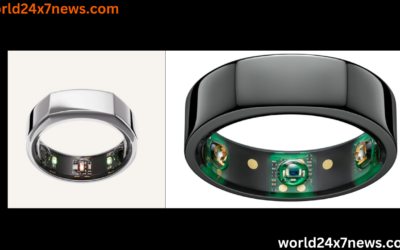The History of High Heels: From Ancient Egypt to Modern Runways


For generations, high heels have been a favourite fashion item. While they are frequently linked with femininity and glamour, their history is far more nuanced. High heels have seen numerous alterations over the years, from ancient Egypt to modern runways.
Egyptian butchers wore the first recorded high heels to keep their feet out of the blood that accumulated on the floors. The platform shoes were made of wood and had a high heel that could reach three inches in height. They were also worn by Persian cavalrymen to keep their stirrups in place while riding.
High heels became a sign of power and status among European nobility in the 16th century. They might be up to six inches tall and were worn by both men and women. Women’s high heels were embellished with exquisite needlework and gemstones in the 17th century, continuing the trend.
High heels went out of favour during the Enlightenment period due to their associated with debauchery and excess. They did, however, make a resurgence in the nineteenth century, thanks to the development of photography and the rise of the fashion industry. High heels became a fashion mainstay for women, and designers began experimenting with various materials and forms.
The development of the vehicle in the early twentieth century resulted in a shift in high heel design. Women required more practical and comfortable driving shoes, thus the high heel got lower and wider. The famous T-strap and Mary Jane styles, which are still popular today, rose to prominence in the 1920s and 1930s.
read more about How harmful air affect our body..
High heels grew even more popular in the 1950s, thanks in part to the influence of Hollywood. High heels became a symbol of glamour and sophistication thanks to actresses such as Marilyn Monroe and Audrey Hepburn. The stiletto heel, which debuted in the 1930s, quickly became a popular choice for women’s footwear.














